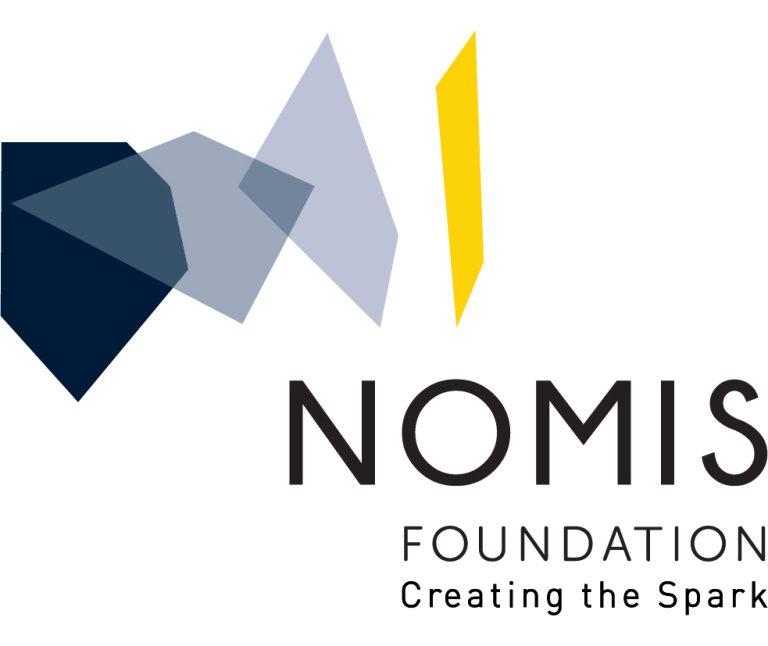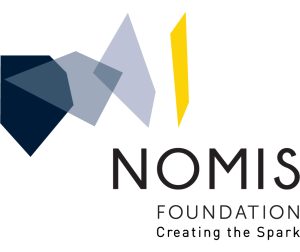The German Center for Neurodegenerative Diseases (Deutsches Zentrum für Neurodegenerative Erkrankungen, DZNE) is committed to understanding commonalities and differences between various brain diseases in order to develop new preventive and therapeutic approaches. The Frontotemporal Lobar Degeneration – from the Basic Mechanism and Target Identification to Translational and Clinical Approaches project is based on a new, cross-cutting approach: clinical and basic research are done at the same time, which allows their results to be directly fed into each other’s processes. NOMIS is supporting this innovative framework by matching DZNE funding for the clinical research with funding for the basic research component; this will focus on identifying therapeutic targets and understanding their physiological function, as well as finding the mechanism through which mutant genes cause the disease. The Frontotemporal Lobar Degeneration project comprises the search for biomarkers as well as screening for disease-modulating compounds.
The project is being led by Christian Haass and Dieter Edbauer at the DZNE.




